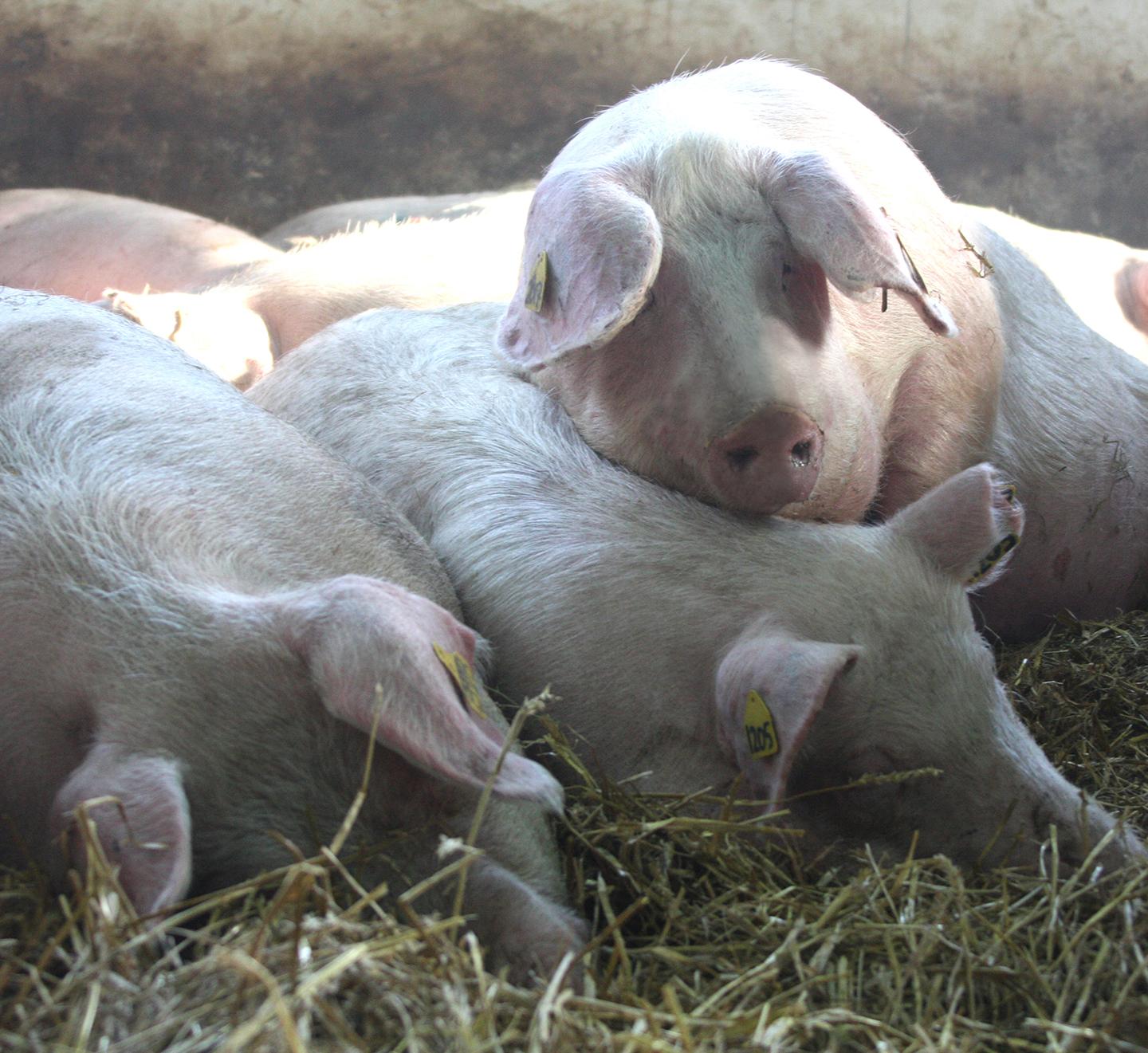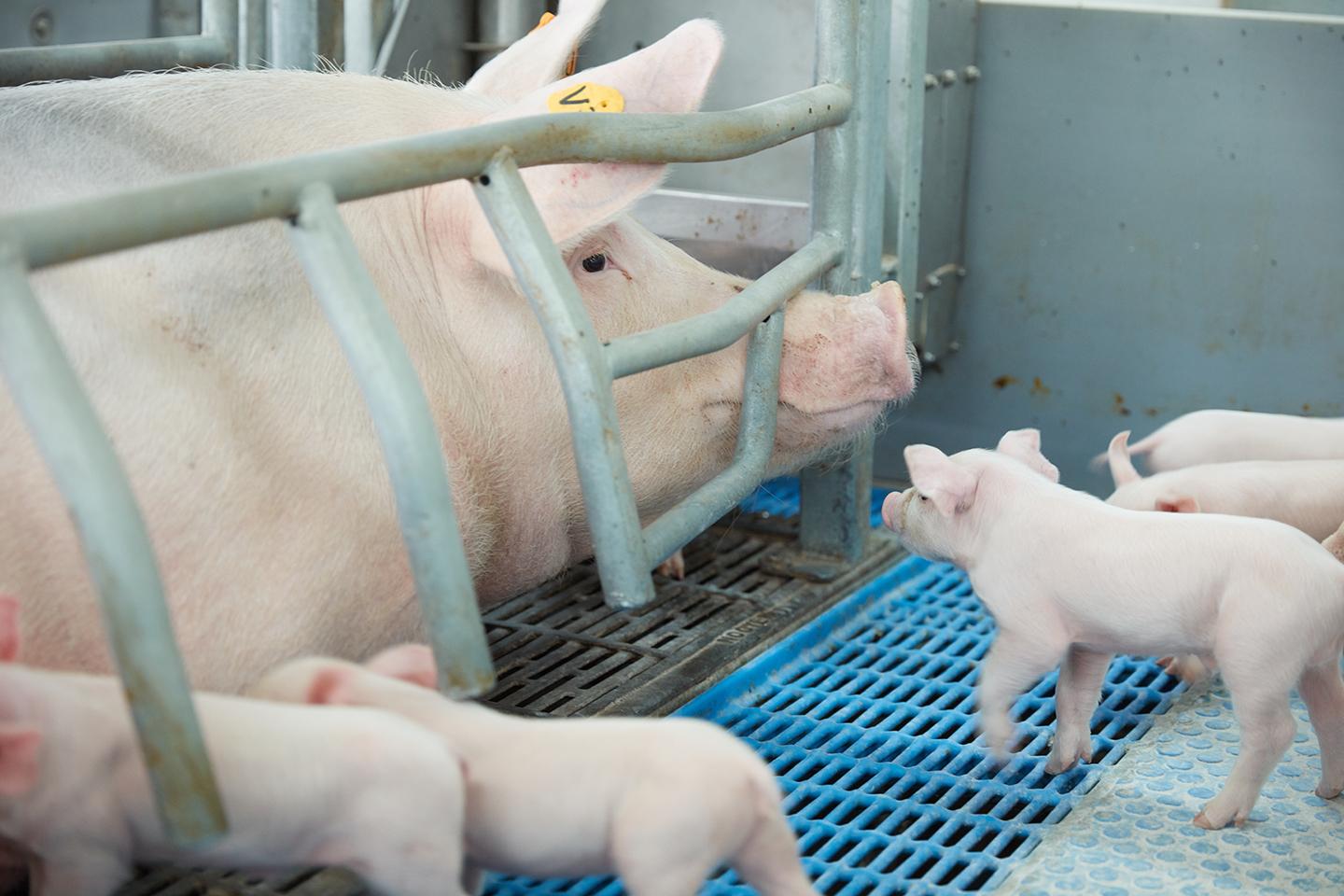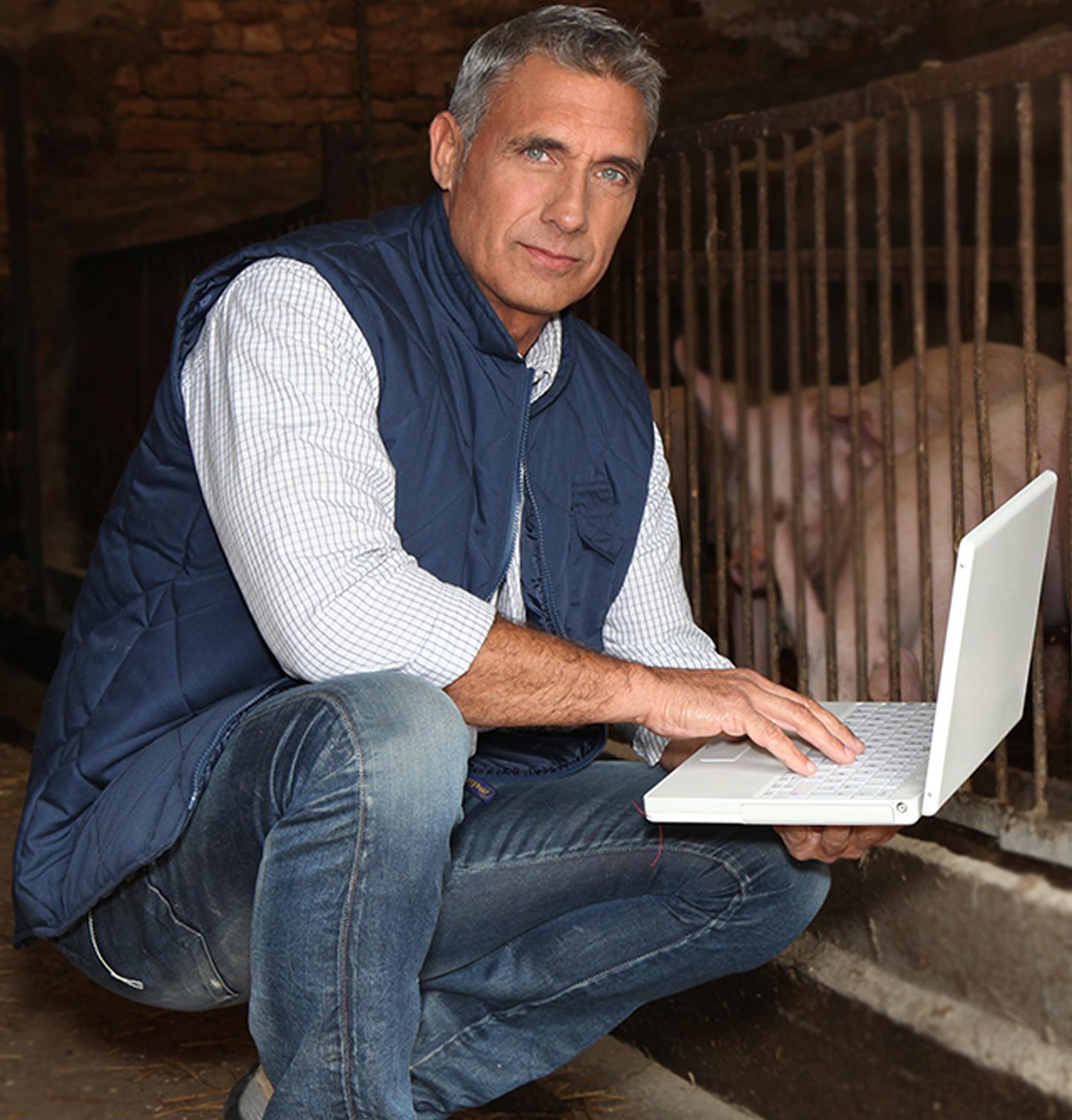Market trend: RFID chip revolutionizes the pig sector

According to Ludo Bosschaerts, every pig will have an RFID ear tag in the future. An ear tag with RFID collects a wealth of data about a pig. This offers advantages for the entire meat supply chain. And for pig farmers, it could provide a new source of income.
Companies are scaling up, which means they have vast numbers of pigs, as it is the only way to stay profitable. It is extremely time consuming for pig farmers to have to check their animals every day without the use of technology. A farmer has an average of 1 to 2.5 seconds of time for each pig per day. It is a case of having a quick look and then making decisions based on gut instinct. That is not always the best way to go about it. Even the top experts occasionally make mistakes.

Therefore, the most important evolution for the sector is a digital one. This began with the automation of feeding systems in pens, which provided pig farmers with some group data. However, sows and breeding sows are a company’s living capital. You need to treasure them, so to speak, and provide the right care. Therefore, more and more farms are choosing to monitor their pigs individually. You can do this with an ear tag with an RFID chip. The ear tag contains a unique identification number for the pig. An antenna placed in a strategic location, such as the feeding, sorting or transport location, collects data when a pig is within a certain radius of it. This is registered and the system then carries out a specific action: for example, providing special feed, opening a door or counting the pigs. RFID therefore makes it possible to use smart applications.

It is clear that RFID improves data accuracy immensely, which has advantages on three different levels. For the business, it means the pig farmer can take better management decisions. However, the data is also useful to other stakeholders in the meat supply chain, for example, slaughterhouses, feed factories, pharmaceutical companies and even governments. New initiatives are emerging to help farmers share their animals’ data with partners in the chain. One example from Belgium is DJustConnect. It is a sharing platform for agricultural data where the farmer retains ownership of the data. On this platform, the farmer can decide who to share the data with and for what purpose.
In Canada, they have even gone a step further with the blockchain platform, mPowered. Farmers can use the platform to sell data. The farmer decides who they want to sell the data to and at what price. The service is free for the farmer, whereas the buyer of the data pays a percentage to the platform. Data is the new gold for many companies and it would seem that it can also become a source of income for pig farmers.
The third group that can benefit from RFID technology are consumers. They want to know the history and origin of the meat. Tracing should be possible down to the individual pig. An example of this is LeeO, a digital ‘animal passport’. It is an application that tracks the entire cycle of the pig and the journey all the way to the supermarket shelves. Therefore, farmers, researchers, processors and even consumers can all benefit from this.

It goes without saying that sales of RFID ear tags are on the rise around the world. In a few years, every pig will be identified and tracked using RFID technology. The breeding companies are the first to adopt this technology, but regular sows and meat pigs are expected to be given ear tags in the future.
Breeders always compare the performance of their animals. And with RFID, breeding decisions can be made based on even more data. Smart apps can also provide them with more assistance when making decisions. Currently, breeders tag piglets with an RFID ear tag immediately after birth. The pig farmer stores information, such as the father, mother, date of birth and weight, on the tag. When the pig has grown, they add information such as performance and vaccinations. And when the animal is being sold, they can share all this information. The breeding company always knows how the animals are performing and where they are.
If a sow is healthy, she will be moved from the gestation house to the farrowing house and then undergo the insemination phase. RFID also helps to keep the sow in top condition for as long as possible. This means, producing plentiful milk and maintaining a healthy weight — not too light, or too heavy. For this process, the feeding strategy is essential. By using an intelligent dispenser or an electronic feeding station, you can accurately determine the feeding strategy for each sow individually.

No matter what type of pig, with RFID, you can seamlessly switch to an intelligent way of feeding in phases. This is called ‘precision feeding’. You adjust the nutrients in the pig feed to the actual needs of the animal. This is good for the animal, company and environment.
And you can make use of new feeding programs by feed manufacturers. When you try out a program, the ear tags will allow you to easily see the effect of any changes.
Precision and an individual approach, that is the power of RFID technology for animals.
With RFID, you can seamlessly switch to an intelligent way of feeding in phases = providing nutrition according to the actual needs of the animal.
Get an overview of all Roxell products for pigs.
